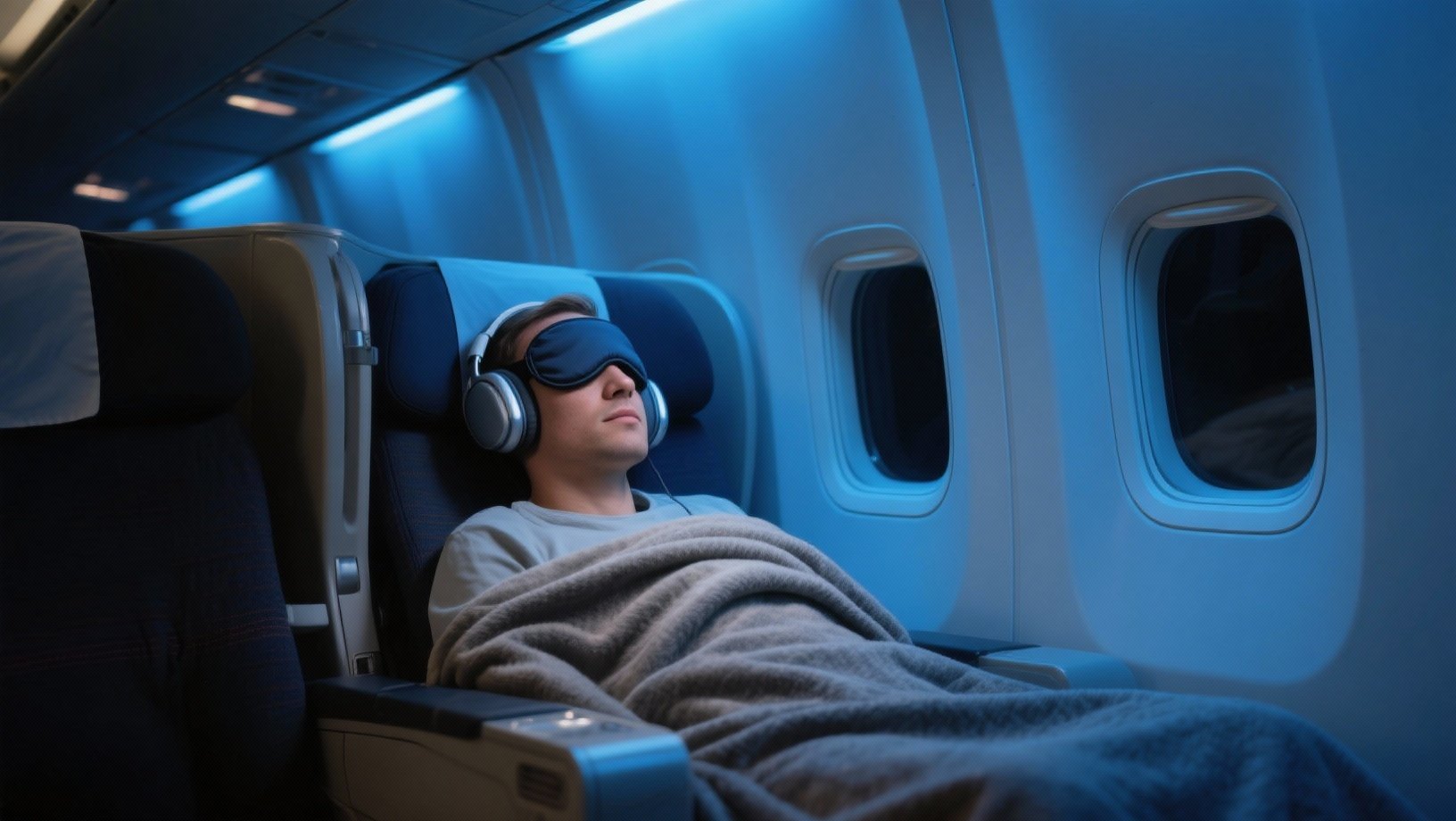Long-haul flights—those spanning ten hours or more and crossing multiple time zones—are a necessary hurdle for transcontinental travel. While modern aviation has made these journeys safer and faster, they remain physically and mentally taxing. Mastering the art of Preparing for Long-Haul Flights Comfort and Wellness is essential to ensure arrival feeling refreshed and ready to enjoy the destination, rather than exhausted and suffering from the debilitating effects of jet lag and dehydration. The strategy involves a holistic approach covering hydration, movement, sleep optimization, and strategic packing, beginning days before departure.
Pre-Flight Preparation: Setting the Stage for Success
The preparation phase is just as critical as the flight itself. Wellness begins several days before departure. The most crucial pre-flight rule is to prioritize proper hydration. Dehydration is exacerbated by the low humidity of cabin air (often drier than the Sahara desert), contributing to fatigue, headaches, and general malaise. Start increasing water intake two to three days before the flight and minimize alcohol and excessive caffeine, which are diuretics that counteract your hydration efforts. Furthermore, adjust your sleep schedule gradually. If traveling across multiple time zones, start shifting your bedtime by 1–2 hours each day toward your destination’s time zone. This simple act of chrono-adjustment significantly reduces the severity of jet lag upon landing.
Another essential step in Preparing for Long-Haul Flights Comfort and Wellness is strategic packing for the carry-on. This includes selecting the right items that maximize comfort and minimize reliance on often-lacking airline amenities. Invest in high-quality compression socks to promote circulation and prevent deep vein thrombosis (DVT), a genuine risk on flights exceeding six hours, especially for individuals with pre-existing conditions. Layering comfortable, loose-fitting clothing is also key, allowing for adjustment to fluctuating cabin temperatures; a thin fleece or large shawl is often invaluable. Always pack a travel-sized kit of essential toiletries, including a hydrating face mist and lip balm, to combat the dry cabin air effectively.
Maximizing In-Flight Comfort and Sleep
Achieving quality rest is the single most important factor for wellness on a long-haul flight. The trifecta of sleep optimization involves blocking light, blocking sound, and ensuring ergonomic support. While airline-provided sleep masks and earplugs are better than nothing, serious travelers invest in a high-quality, molded sleep mask that completely eliminates light leakage and a pair of noise-canceling headphones (or high-fidelity earplugs) to create a personal sanctuary of silence amidst the engine drone and cabin activity.
Ergonomic support is where many passengers fail, leading to neck pain. A standard neck pillow often fails to prevent the head from slumping forward. A better strategy for Preparing for Long-Haul Flights Comfort and Wellness is to use a structured travel pillow or scarf that supports the chin and neck laterally, maintaining spinal alignment. If possible, choose a window seat, as it provides a solid surface against which to lean. Furthermore, minimize screen time in the hour before intending to sleep; the blue light from devices interferes with natural melatonin production. Instead, opt for reading a physical book or listening to a meditative podcast to signal the body that it is time to rest.
Movement, Hydration, and Nutrition Strategy
Counteracting the effects of prolonged immobility is non-negotiable for Preparing for Long-Haul Flights Comfort and Wellness. Aim to get up and walk the aisles every two hours, focusing on light stretching at the back of the cabin. While seated, perform simple exercises, such as ankle rotations, calf stretches, and lifting your heels and toes to engage leg muscles. This constant, gentle movement is vital for blood flow and muscle health. Never hesitate to ask for an aisle seat if freedom of movement is a priority for you, or consider booking a seat near the bulkheads if extra space is available.
Nutrition and hydration need meticulous management. Continue drinking water consistently throughout the flight, bringing your own reusable bottle and asking flight attendants to refill it. Avoid the consumption of large, heavy meals right before attempting to sleep, as the digestive process can interfere with rest. Opt for lighter, nutrient-dense snacks like nuts, fruit, or protein bars instead of relying solely on the often high-sodium, processed airplane food. If you choose to drink alcohol, limit it severely—one drink can feel like two or three due to the altitude and dehydration effects. By maintaining consistent hydration and light, controlled nourishment, the body’s internal systems are less stressed, leading to a much smoother transition upon arrival and a quicker recovery from travel fatigue.


